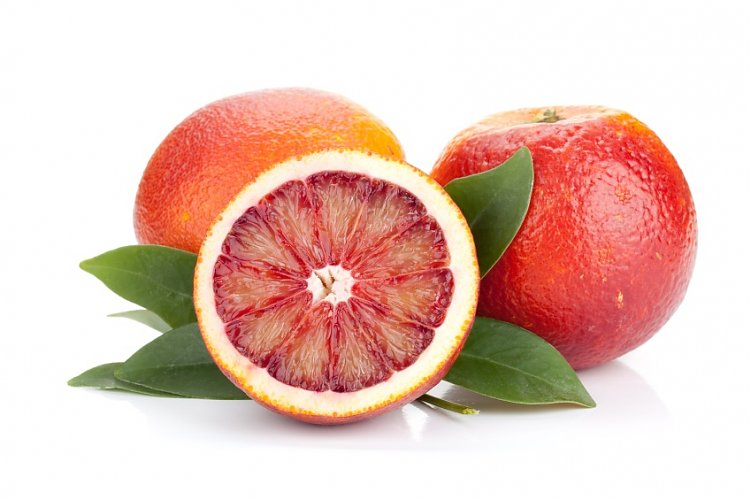Fruit Buyer’s Report | Fruitful Office Winter 2018-2019
Dear All,
The weekly fruit mix is carefully selected by our experienced Fruitful Office buying team, who are in continuous contact with suppliers to ensure that the fruit included in the baskets is of high quality, ripe and in season. Fruit is very seasonal, which means that certain varieties may only be available at certain times of the year. For environmental reasons, we NEVER buy air-freighted fruit and we follow our local seasons as much as possible. We believe this has several advantages: minimises 'food-miles', supports local farmers wherever possible and, last but not least, means tastier fruit!
The autumn and winter months are traditionally more challenging in terms of fruit variety, but we do try to keep the 'Seasonal Mix' as exciting as possible by including lesser known varieties – such as blood oranges, lychee, and Kiwifruit.
- Citrus fruit
Citrus fruits grow on flowering trees and shrubs, and are cultivated in tropical and subtropical climates all over the world. Spain in Europe is one of the world’s major production hubs. Citrus fruits are an excellent source of vitamin C which strengthens the immune system, particularly helpful in winter to fend of the flu, and just one medium orange has all the vitamin C you need in a day. Here are some of the varieties we include in our baskets:
- Soft citrus: whichever the specific sub-category (there are loads!), our preference is ‘easy-peelers’ due to their practicality and sweetness. Currently we are sourcing them from Morocco but as the season progresses they will come from Spain
- Oranges: for eating, due to their sweet taste, currently choose Spanish Navels/Navelina but move onto the Salustiana variety when these become available later in the season
- Blood oranges: the red-blushed orange skin and burgundy flesh give this variety of orange its unmistakable appearance. They are rich in antioxidants. Most come from Mediterranean countries (Southern Italy in particular)
- Lychee
Lychee have a distinctive Asian appearance and taste reflecting their origin (originally from China). To eat them, bite a small piece off around the stem and then squeeze the fruit so that the aril (the fleshy part around the seed) pops into your mouth. You will be rewarded with a juicy, slightly acidic fragrance and flavour.
Lychee are rich in dietary fibre and contain valuable antioxidants, whilst being low in calories.
Something to look out for: lychee can be heavily affected by mould if something triggers them off, so we recommend careful handling and storing.
- Kiwifruit
Did you know that kiwifruit is native to northern China, and first arrived in New Zealand in the early 20th century and it was then known as the Chinese Gooseberry? The name was subsequently changed to kiwifruit as a means to avoid the high duties charged on berries. The name kiwifruit originated from the fruit’s similarities with New Zealand’s national symbol – the kiwi bird.
Vitamin C in kiwifruit helps to prevent skin damage, whilst one study published in the Asia Pacific Journal of Clinical Nutrition found that eating kiwis improved sleep.
Look out for kiwifruit as early as February in our Seasonal Mix baskets!
Stay warm and healthy everyone.
Fruitful Office team

